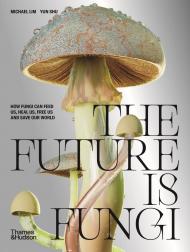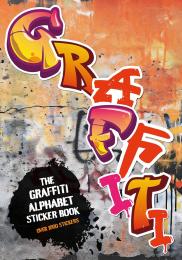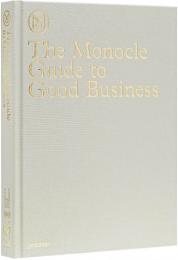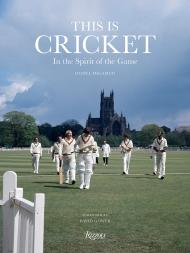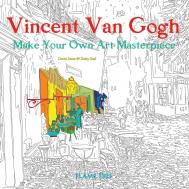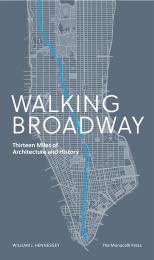Повне знайомство з прихованим світом грибів
Царство грибів пережило всі п'ять основних подій вимирання. Вони є архітекторами природного світу, невід'ємною частиною всього живого. Вони підтримують критично важливі екосистеми, переробляючи поживні речовини та з'єднуючи рослини на величезних територіях, а також допомагають виробляти багато основних продуктів сучасного життя, таких як вино, шоколад, хліб, мийний засіб та пеніцилін. Сьогодні, в умовах нагальних екологічних, соціальних та духовних криз, гриби модифікуються для вирощування альтернатив м'ясу, створення нових джерел ліків, виробництва стійких біоматеріалів, відновлення навколишнього середовища та навіть розширення нашої колективної свідомості.
The Future is Fungi – це повне знайомство з цим прихованим царством. Досліджуючи їхній минулий, теперішній та потенційний майбутній вплив у чотирьох ключових сферах – їжа, медицина, психоделіки та психічне здоров'я, а також відновлення навколишнього середовища – ця книга не лише розкриває, як гриби сформували основи сучасного життя, але й як вони можуть допомогти сформувати наше майбутнє.
Багатий на інформативні тексти, захоплююче 3D-цифрове мистецтво та поради щодо того, як зануритися у світ грибів, цей маніфест майбутнього, запрошення до глибшого усвідомлення наших стосунків із природним світом, один з одним та із самими собою.
Про авторів:
Розпочавши свою кар'єру з розвитку технологічних та споживчих стартапів, уродженець Сіднея Майкл Лім у віці двадцяти одного року став співзасновником онлайн-бренду окулярів, який зараз є однією з найбільших мереж окулярів в Австралії. Однак ранній трансформаційний досвід з психоделіками надихнув його на захоплення царством грибів і спонукав до зміни кар'єри. Зараз він присвячує свій час дослідженню грибів, психоделіків, екології та антропології. Його дослідження психіки та того, як природа породжує змінені стани свідомості, привело його на шлях самопізнання та інтеграції його зміни у світогляді. Через свої твори Майкл прагне сприяти глибшому розумінню людського досвіду через мистецтво та науку. Обдарований дослідник, Юнь Шу присвячує себе вивченню свідомості та використовує мову та культуру як інструменти для зв'язку та зцілення. Народжена в Шанхаї, вона з юних років познайомилася з перевагами традиційної китайської медицини та грибів. Після успішної кар'єри в корпоративній стратегії в банківському секторі Сіднея та Лондона, вона звернулася до духовних пошуків, пройшовши навчання на викладача віньяса-йоги. Водночас її ранній психоделічний досвід сформував її цілісний погляд на людський досвід. Тепер Юн прагне поділитися мудрістю та знаннями, які вона здобула протягом років практичних досліджень.
____________
Погортати книгу The Future is Fungi: How Fungi Can Feed Us, Heal Us, Free Us and Save Our World на Google Books.
